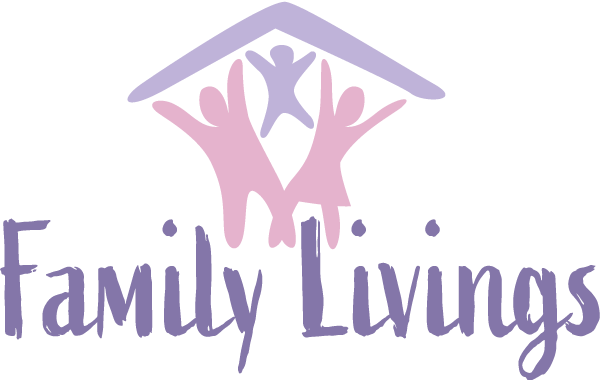Multi-generational living has become increasingly popular as more families seek the warmth and support of their loved ones all under one roof. However, creating spaces that cater to different needs and lifestyles can be a challenge.
Beneficial Multi-Generational Living
There are many benefits to multi-generational living, including improved family relationships, increased support and care for children and the elderly, and greater financial stability. With grandparents, parents, and children living in the same home, there are more opportunities for bonding and quality family time. This will result in children and the elderly members of the family being well catered for than otherwise. But if you’re considering multi-generational living, it would be wise to ask yourself: What’s The Best Floorplan for My Family? This is important since there will be many people living under one roof, and so, you would need to create a living situation that is comfortable for everyone.
Floorplan Design Considerations
Designing a floor plan for multi-generational living can be a daunting task. There are endless possibilities and factors to consider. However, with careful planning and forethought, it is possible to create a functional and stylish space that suits the needs of all family members. Here are some factors to consider when creating a multigenerational living floorplan:
Privacy: Multigenerational homes must balance privacy and interaction. Each family member needs a separate spot to retreat to. There should also be several family-friendly spaces – from the dining room to the playroom.
Home layout: Make it easy to move about. Clear passageways between rooms and plenty of open space reduce crowding. Avoid clutter in the kitchen and provide enough storage for everyone’s possessions.
Amenities: Consider family needs when choosing house amenities. Easy-access showers and grab bars may benefit elderly family members. Young children need a safe space to play and explore. Choose items and facilities everyone can use.
Furniture: Create the floor plan around the furniture arrangement. Make sure everyone has a place and that the furnishings encourage conversation in the living room. Choose durable, comfortable furniture for daily use.
Lighting: Every home needs good lighting, and multigenerational spaces need natural light more. Create an appealing family-friendly setting with natural, artificial, and task lighting.
Conclusion
The benefits of multi-generational living make the challenges of designing living environments for family members of different ages worthwhile. A good layout should provide everyone with some personal space while also encouraging them to spend time together as a family. It is essential to make it simple for members of all ages to move around the house, store their belongings, and use the facilities and furniture available. By keeping these things in mind, families would be able to design homes that work well for everyone and serve as a source of happiness and unity.






